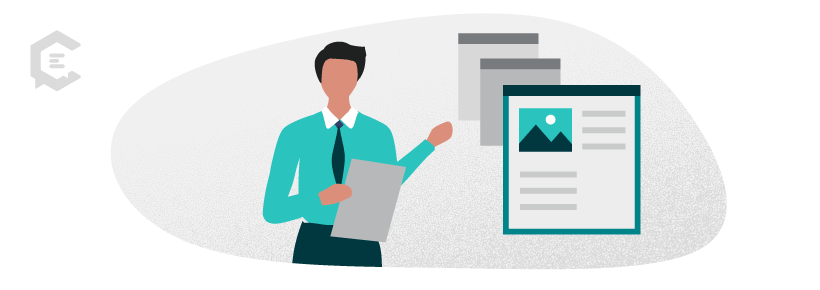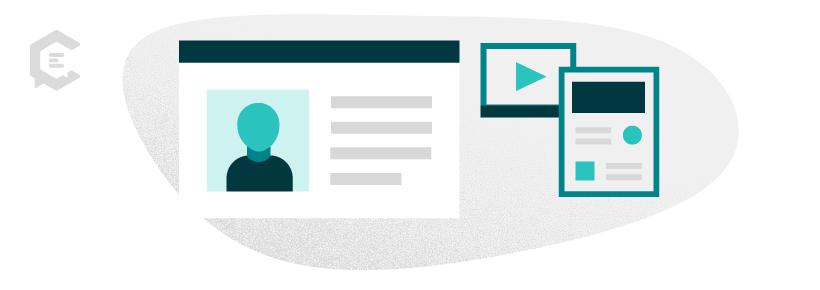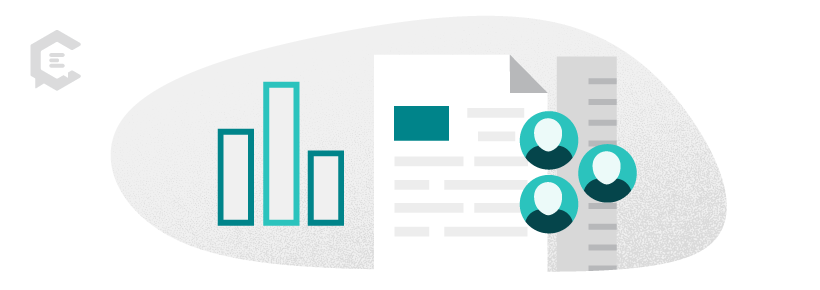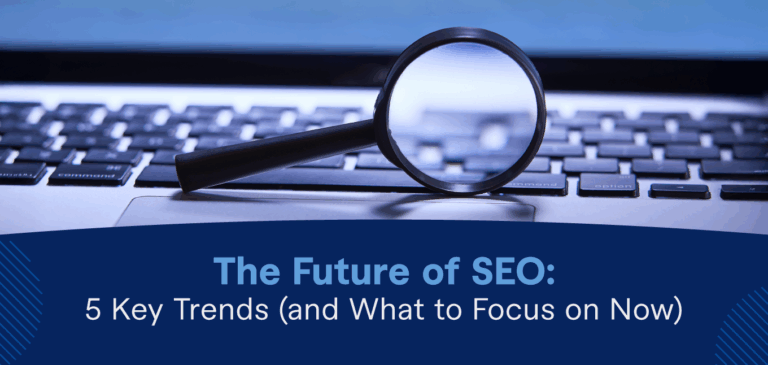Let’s face it: insurance is not exactly the most thrilling topic for your audience. But, personalized content can make buying insurance less of a chore for your readers and more like a meaningful conversation. After all, your customers aren’t just looking for insurance but solutions that fit their unique lives.
So, how do you scale that personal touch across a sprawling enterprise without losing your sanity or your brand’s voice?
Welcome to your roadmap.
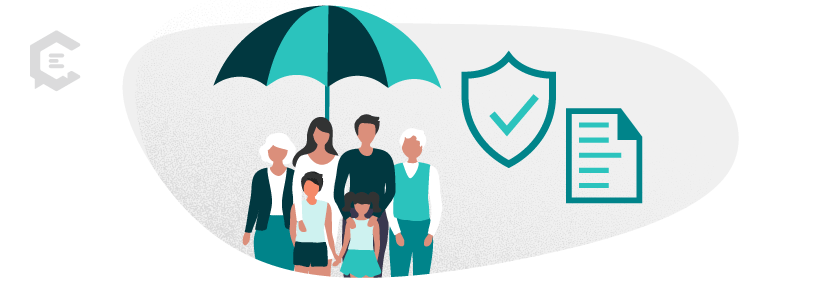
The Importance of Personalization in Insurance Content Marketing
Personalization goes way beyond adding a customer’s name to an email. Here’s why it matters so much in insurance and what holds companies back from doing it at scale.
Why Personalized Content Matters
Personalized content builds trust. Customers feel understood when they receive messages that speak directly to their concerns — whether it’s about lowering premiums or navigating claims — they feel understood. And that’s when they start to see your brand as more than just a company, but as a partner who genuinely cares about their needs.
The Challenges of Personalization at Scale
But scaling personalization? It’s a beast. We’re talking about crafting content for tens of thousands of customers, each with their own quirks. Plus, you’ve got to keep your brand voice consistent across different teams, regions, and channels.
Without the right strategies, your team’s resources can get drained faster than you can say “policy renewal.”
Problems. Problems. Problems. How do we get beyond them?
Best Practices for Scaling Personalized Content Efforts
Scaling personalization isn’t about working harder; it’s about working smarter. Here’s how to make it happen without sacrificing quality or consistency.
Segmenting Your Audience for Effective Personalization
Forget old-school segmentation. You need to dig deep into customer behavior, needs, and preferences to craft truly personalized content. Create detailed personas based on quantitative data (like purchase history) and qualitative insights (like customer feedback). This way, you can craft content that truly resonates.
For instance, a young professional might want tips on optimizing life insurance for future family planning, while a retiree is more concerned with maximizing retirement income through annuities.
Speaking to these specific needs in your content creates genuine personal interactions.
Leveraging Data and Technology for Personalization
Data is your best friend here. Without it, you’re just shooting in the dark. You’ll want to start by:
- Integrating customer data: Pull reports from every corner — CRM systems, social media, website analytics. Get a full view of your customer and track their interactions across all touchpoints.
- Using AI and machine learning: Let AI tools like Amazon SageMaker or IBM Watson do the heavy lifting. They analyze customer data to predict behavior and tailor content accordingly, making it easier to scale personalized experiences without burning out your team.
- Making your content dynamic: Platforms like Adobe Experience Manager (AEM) help you personalize content on the fly. AEM’s Experience Fragments allow your blog posts, emails, and web pages to adapt based on user data. It’s like a choose-your-own-adventure book but for insurance content.
Harnessing the power of AI and data is essential, but having the right support to implement these technologies effectively is just as crucial. Many teams find that consulting with content creation and management experts can make all the difference.
Balancing Personalization with Brand Consistency
Here’s the balancing act: keeping your brand’s voice consistent while tailoring content to individual needs. You can start by creating templates and frameworks that allow for customization without sacrificing brand identity. For example, you might develop a set of brand-approved phrases or messaging blocks that can be mixed and matched to create personalized content.
Once you have the basics, it’s time to tighten the review process. Use AI tools like Acrolinx and Adobe Sensei to spot any inconsistencies before they go live to your audience. And instead of having content scattered across multiple platforms, centralize it using a CRM like Salesforce or HubSpot. This way, you can manage everything from one place, keeping your brand messaging tight while still delivering personalized experiences.
Implementing Personalization Strategies Across Different Content Types
Whether it’s email, your website, or social media, each platform offers unique opportunities to connect with your audience. Here’s how to do it right.
Personalized Email Campaigns
You’re already killing it with segmentation and A/B testing — now let’s take it up a notch:
- AI-driven predictive analytics: Tools like Salesforce Einstein can help you anticipate customer needs. You can use the Einstein Prediction Builder to stay ahead of customer needs by predicting behaviors like renewals or claims. Then, you can use Einstein Next Best Action to serve up real-time, AI-powered recommendations for personalized emails that hit the mark every time.
- Real-time dynamic content: Use platforms like Adobe Campaign to adjust emails based on user behavior when they open it. This ensures your content stays relevant and engaging.
- Cross-channel integration: Make sure your emails are part of a broader strategy that includes SMS, social media, and other channels. For example, you can use Salesforce Journey Builder under Salesforce Marketing Cloud Engagement to create a cohesive, cross-channel experience that drives engagement and conversions.
Personalized Website Content
You’re already tailoring your website to meet user needs — but how do you push your personalization further? Here are some ideas:
- Use AI-driven tools like Adobe Sensei or Dynamic Yield to predict what customers need before they realize it. For instance, you could automatically suggest in-depth guides or video walkthroughs if they’re looking at your blog’s flood insurance articles.
- Build custom user flows that adjust navigation and recommendations on the fly with programs like Tealium. If a customer keeps coming back to auto insurance-related pages, you could present a homepage banner offering specific discounts or recommend an insurance calculator tool to guide their journey.
- Explore dynamic pricing models where rates or offers adjust based on user behavior and segment. Platforms like Zilliant or Pricefx allow real-time adjustments based on factors like location, browsing history, and user profile.
These upgrades make your website feel more personal because they adapt to each visitor’s needs and behavior in real time. Everybody gets a unique experience that actually helps them, not just a generic page.
Personalized Social Media and Video Content
Personalizing your social media and video isn’t just about segmenting your audience by age or location anymore. While that’s still a proven strategy, you can get even more personal by using advanced targeting options like life events and behavioral triggers, or even purchase history to fashion ads and content that feel like a one-on-one conversation.
For example, suppose a customer has just renewed their policy. In that case, you can use Vidyard or similar programs to hit them with a “Thank You” video that offers tailored upsell options based on their coverage history.
Or, if a customer clicks on your life insurance Facebook ad but doesn’t go through with a quote, you can retarget them with a personalized follow-up ad.
Let’s say they viewed policies for young families. You could show them a carousel ad next featuring tailored life insurance policy options and testimonials from other young parents. The ad could also provide extra resources based on the coverage they browsed.
It’s all about discretely nudging them with relevant and timely content, keeping your brand top of mind without being too pushy (or creepy).
Measuring the Impact of Personalization on Content Performance
You’ve done the work to personalize your content. Now, it’s time to see if it’s paying off. Track the right metrics and learn from industry leaders who’ve nailed it.
Key Metrics to Track
Beyond the usual key metrics like engagement, conversion, and retention rates, there are also customer lifetime value (CLV), behavioral triggers, and micro-conversions. Together, these metrics give a more nuanced picture of how your personalization efforts are working.
Say your personalized email campaigns lead to higher CLV. Then you know your strategy is driving deeper, long-term relationships. On the other hand, behavioral triggers show what actions your customers take right before they convert — clarifying which personalization tactics are working.
And what about the smaller steps leading up to a purchase? Are prospects signing up for a newsletter? Downloading a guide? These micro-conversions give a clearer picture of how personalization impacts customer progression through the funnel.
Companies That Made the Switch to Personalized Content
One insurance company that got content personalization right is Guardian Group. It’s a financial services company focused on insurance and asset management. It teamed up with Sutherland, a digital transformation company, to use data analytics to craft personalized customer experiences. They tailored their content and messaging to specific customer segments based on policy type, lifecycle stage, and behavioral data.
The result?
Not only did Guardian Group deliver more personalized and timely content to customers, but it also cut its manual work by 25 percent and claims processing time by 20 percent.
Meanwhile, a top UK-based motor insurance company partnered with Espire to overhaul its customer engagement strategy. They didn’t just migrate their marketing automation to Sitecore, a digital experience platform. They transformed it.
With 2 million customer records integrated and 30 custom data points tracked, they were able to craft highly personalized campaigns that hit the mark — whether it was through SMS, email, or direct mail.
The Path Forward: Scaling Personalization for Lasting Impact
By getting smart about audience segmentation, leveraging the latest data and tech, and applying best practices across all content types, you can create personalized experiences that engage, build trust, and boost your bottom line.
As customers continue to crave content that feels tailored just for them, it’s up to enterprise content teams to scale these efforts without losing sight of efficiency or brand consistency. Talk to a ClearVoice content strategist to help you scale your content to truly connect with your audience.
